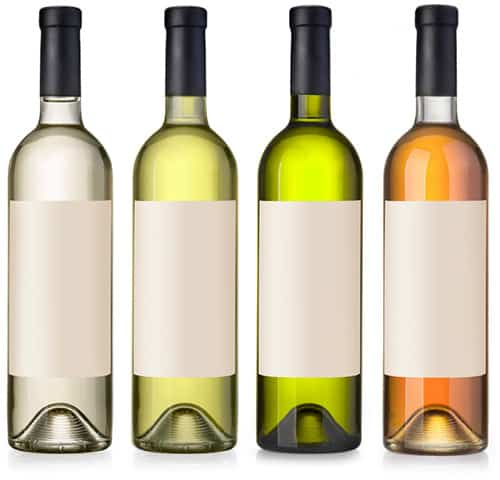
The intense heat in the holds of the ships had a transforming effect on the wine, as discovered by Madeira producers when one shipment was returned to the island after a long trip. The Dutch East India Company became a regular customer, picking up large (112 gal/423 L) casks of wine known as "pipes" for their voyages to India. However, following the example of Port, a small amount of distilled alcohol made from cane sugar was added to stabilize the wine by boosting the alcohol content (the modern process of fortification using brandy did not become widespread until the 18th century). The earliest examples of Madeira were unfortified and had the habit of spoiling at sea. By the 16th century, records indicate that a well-established wine industry on the island supplied these ships with wine for the long voyages across the sea. The roots of Madeira's wine industry date back to the Age of Exploration, when Madeira was a regular port of call for ships travelling to the East Indies.

Madeira's location made it an ideal stopping location for voyages to the East Indies. History of Madeira Development and success (15th – 18th centuries) Some wines produced in small quantities in Crimea, California, and Texas are also referred to as "Madeira" or "Madera" however, most countries conform to the EU PDO regulations and limit the use of the term Madeira or Madère to only those wines that come from the Madeira Islands. Wines that have been in barrels for many decades are often removed and stored in demijohns where they may remain unharmed indefinitely. Because of these methods of producing these wines are very long-lived and those produced by the canteiro method will survive for decades and even centuries, even after being opened. The younger blends (three and five years old) are produced with artificial methods that heat and accelerate the aging process and the older blends, colheitas and frasqueiras are produced by the canteiro method. Today, Madeira is noted for its unique winemaking process which involves oxidizing the wine through heat and ageing. This was discovered by the wine producers of Madeira when an unsold shipment of wine returned to the islands after a round trip. On the long sea voyages, the wines would be exposed to excessive heat and movement which transformed the flavour of the wine. To prevent the wine from spoiling, neutral grape spirits were added.

The islands of Madeira have a long winemaking history, dating back to the Age of Exploration (approximately from the end of the 15th century) when Madeira was a standard port of call for ships heading to the New World or East Indies. Cheaper cooking versions are often flavoured with salt and pepper for use in cooking, but these are not fit for consumption as a beverage. Madeira is produced in a variety of styles ranging from dry wines which can be consumed on their own, as an apéritif, to sweet wines usually consumed with dessert. Madeira is a fortified wine made on the Portuguese Madeira Islands, off the coast of Africa.


 0 kommentar(er)
0 kommentar(er)
